USDA Rural Development Obligations FY 20 – September
The Housing Assistance Council (HAC) presents this month’s report on Fiscal Year 2020 USDA Rural Housing program obligations.
As of the end of September, USDA obligated 151,874 loans, loan guarantees, and grants totaling about $24,528,082,505. This is $8,149,932,673 higher than obligation levels from this time last year. At that time, there were112,764 loans, loan guarantees, and grants obligated totaling $16,378,149,832.
The agency operated under several continuing resolutions and a 35-day government shutdown last year and obligations have come back to a more normal level in FY 2020. The FY 2020 Consolidated Appropriations Act was signed into law on December 20, 2019 which provided funding for the rest of this fiscal year. Since March 20, 2020, USDA offices have been operating from remote locations due to the COVID-19 virus.
Single Family Housing Program Highlights
The Section 502 Guaranteed loan program, the largest of the Single Family Housing programs, obligated $23,074,581,633 (137,970 loan guarantees) up from $14,865,886,386 ( 99,322 loan guarantees) last year.
For the Section 502 Direct program, loan obligations totaled $1,001,414,954 (5,821 loans), similar to last year’s obligation level of $1,001,607,718 (6,194 loans.) About 40 percent of the loan dollars went to Very Low-income (VLI) applicants. VLI loans represented nearly 45 percent of the total number of Section 502 Direct loans.
The Section 504 Repair and Rehabilitation programs obligated 2,739 loans representing $16,640,730. Loan volume was up from this time last year (2,735 loans representing $17,364,032.) There were also about $31,541,672 (4,842 grants) obligated in the Section 504 grant program compared to $24,796,734 (3,908 grants) last year.
USDA’s Section 523 Self Help Housing Grant program funded 55 grants and contracts totaling $32,783,534 up from last year’s 37 grants and contracts totaling $29,001,946.
USDA funded 4 credit sales representing $471,052.
Multi-Family Housing Programs
USDA’s Section 538 Multifamily Housing obligated 150 loan guarantees totaling $228,486,473, higher than last year’s 90 loan guarantees ($160,390,167.) In the Section 515 Rural Rental Housing program, there were 40 loans totaling $40,000,001 (including disaster assistance) obligated compared to 86 loans totaling $102,022,213 last year. There have been 80 loans and 5 grants obligated in the MPR program totaling $57,084,997 and $251,778 this year compared to 205 loans and 3 grants representing $130,308,556 and $988,734, respectively last year.
The Farm Labor Housing programs funded 15 loans and 7 grants totaling $20,094,577 and $8,935,855 respectively. Last year at this time, 17 loans and 7 grants were obligated ($19,985,387 and $8,707,162, respectively.)
There were 126 Section 533 Housing Preservation grants obligated this year totaling $15,626,425.
USDA obligated funds for 241,208 rental assistance units under the Section 521 Rental Assistance program totaling $1,375,000,000. This compares to about 252,319 units ($1,331,400,000) obligated same time last year. There were also 7,489 Rural Housing Vouchers totaling $34,544,766 compared to 6,559 vouchers representing $28,623,289 this time last year.
Download the combined document.
* The Rural Housing Service (RHS) monthly obligation reports are produced by the Housing Assistance Council (HAC) 1025 Vermont Ave., NW, Suite 606, Washington, DC 20005. The monthly figures derive from HAC tabulations of USDA –RHS 205c, d, and f report data. For questions or comments about the obligation reports, please contact Michael Feinberg at 202-842-8600 or michael@ruralhome.org.

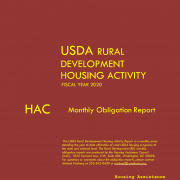
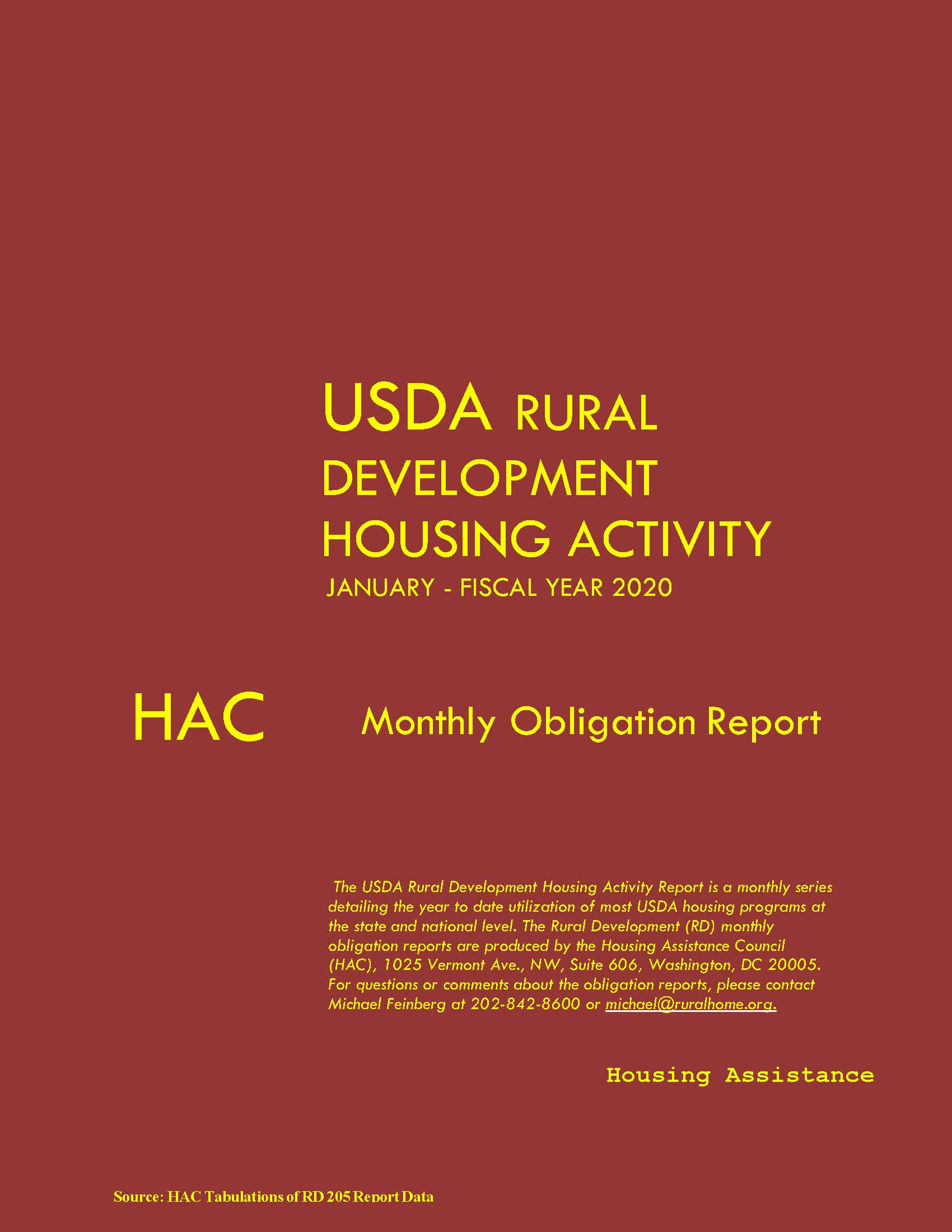
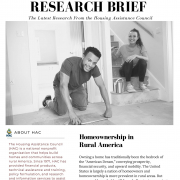
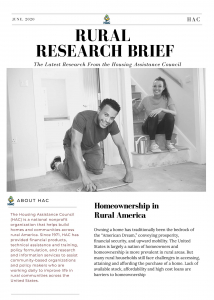
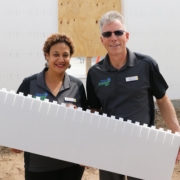 Eric Crispe
Eric Crispe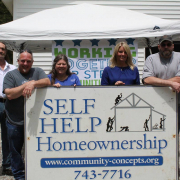

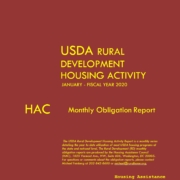
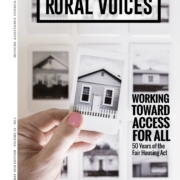
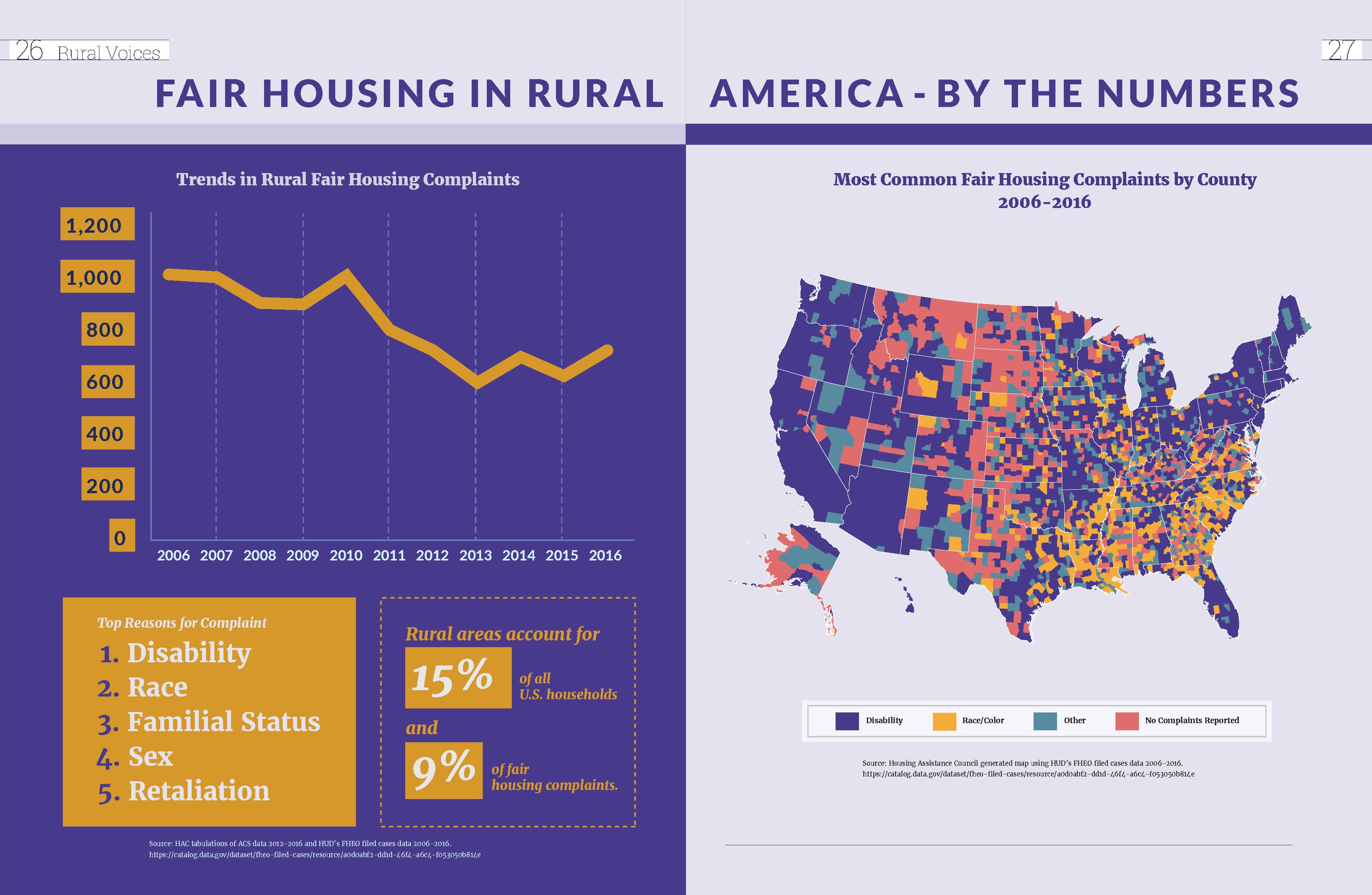
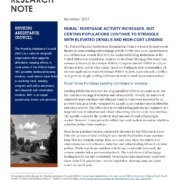
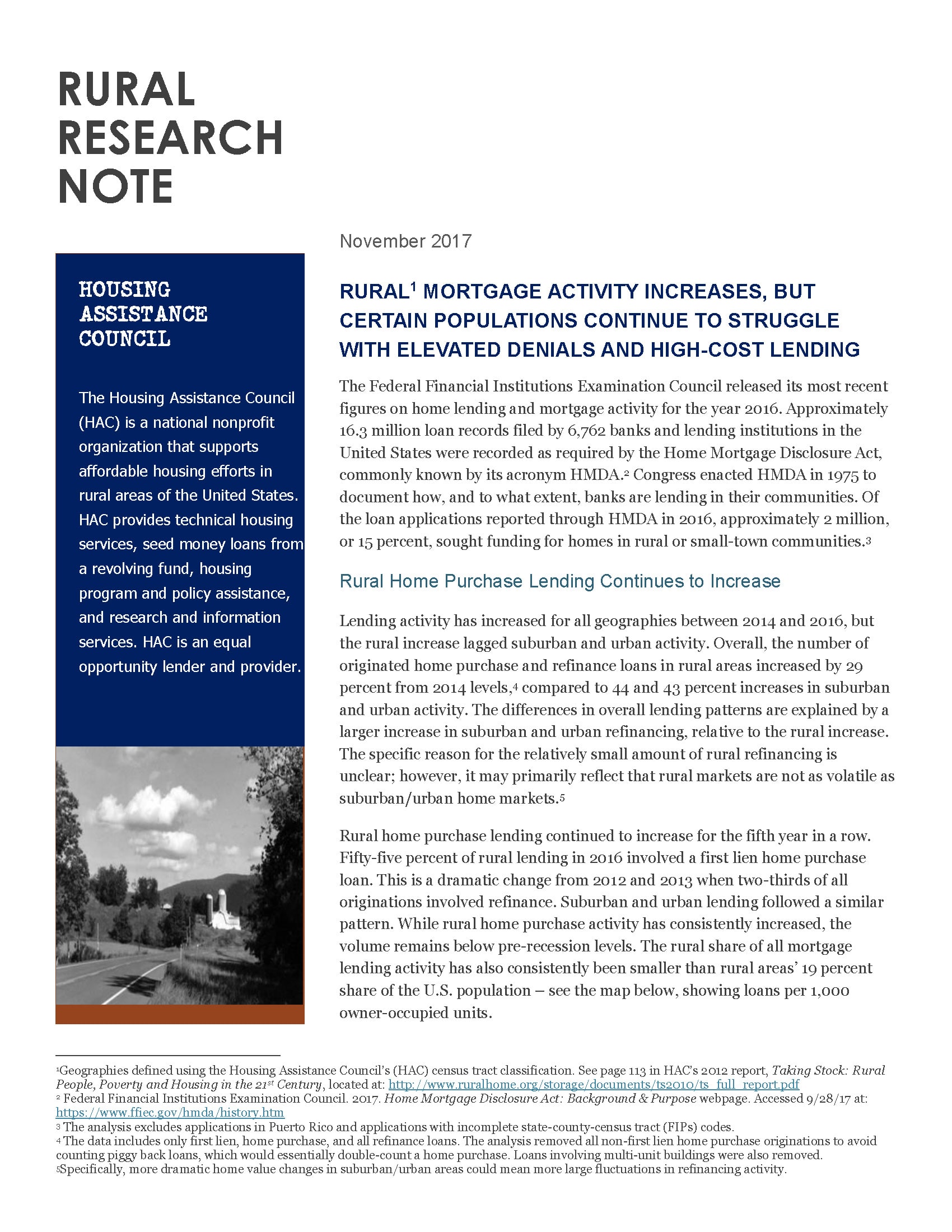

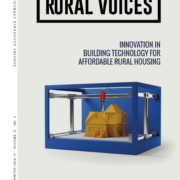
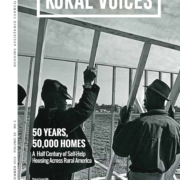
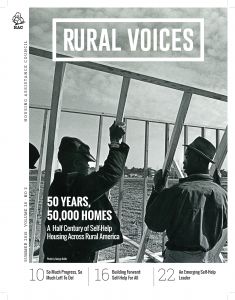

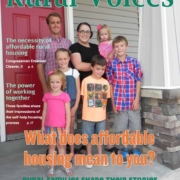

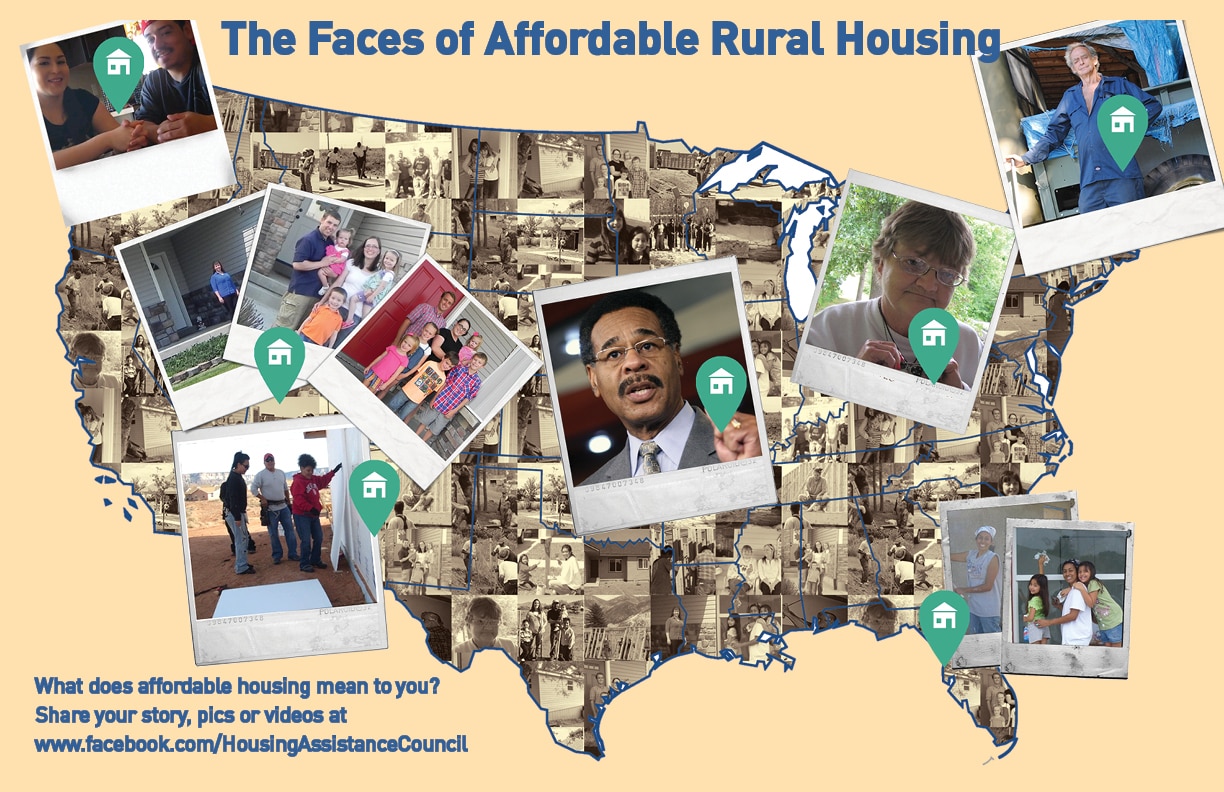 The Faces of Affordable Housing
The Faces of Affordable Housing